Wall and floor tile adhesive in the color grey is a versatile and essential product for any home improvement project. Whether you are renovating your bathroom, kitchen, or any other living space, using grey tile adhesive can add a touch of sophistication and elegance to your space. In this article, we will explore the benefits of using grey tile adhesive, its applications, and how it can enhance the overall aesthetics of your home. Grey tile adhesive is a popular choice among homeowners and designers for several reasons.
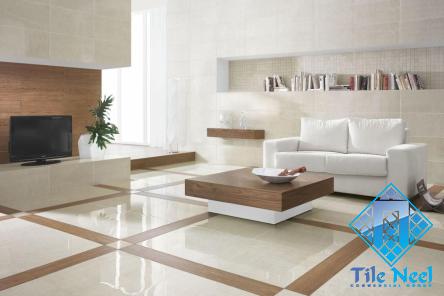
.
One of the main benefits of using grey adhesive is its ability to complement a wide range of tile colors and materials. Whether you are working with ceramic, porcelain, or natural stone tiles, grey adhesive can create a seamless look that ties the entire room together. The neutral tone of grey can also serve as a backdrop to highlight other design elements in the room, such as fixtures, furniture, and decor. In addition to its aesthetic appeal, grey tile adhesive is also known for its durability and strength. When properly applied, grey adhesive forms a strong bond between the tile and the substrate, ensuring that your tiles stay in place for years to come. This is especially important in high-traffic areas such as kitchens and bathrooms, where tiles are subjected to constant wear and tear. With grey adhesive, you can rest assured that your tiles will remain secure and stable, even in the busiest areas of your home. Another advantage of using grey tile adhesive is its versatility. Whether you are working on a small backsplash or tiling an entire floor, grey adhesive can be used for a variety of applications. Its smooth consistency and easy application make it ideal for both DIY enthusiasts and professional contractors. With grey adhesive, you can achieve professional-looking results without the need for specialized tools or equipment. When it comes to selecting the right grey tile adhesive for your project, it is important to consider the specific requirements of your tiles and substrate. Different types of tiles and surfaces may require different adhesive formulations to ensure a strong and lasting bond. Be sure to read the manufacturer’s instructions carefully and choose a grey adhesive that is suitable for your specific tile and substrate materials.
..
In addition to its practical benefits, grey tile adhesive can also enhance the overall aesthetics of your space. The subtle hue of grey can create a modern and sophisticated look that complements a wide range of interior styles. Whether you prefer a minimalist design or a more eclectic aesthetic, grey adhesive can serve as a versatile backdrop for your unique vision. In conclusion, grey tile adhesive is a versatile and essential product for any home improvement project. Its durability, strength, and aesthetic appeal make it a popular choice among homeowners and designers alike. Whether you are renovating your bathroom, kitchen, or any other living space, grey adhesive can add a touch of sophistication and elegance to your home. With its smooth consistency, easy application, and versatile capabilities, grey tile adhesive is the perfect choice for achieving professional-looking results in any space. When considering using grey tile adhesive for your next home improvement project, it is important to ensure that you follow the proper application techniques to achieve the best results. Here are some tips to help you get the most out of your grey tile adhesive: 1. Surface Preparation: Before applying grey tile adhesive, it is important to properly prepare the surface. Ensure that the substrate is clean, dry, and free of any debris or dust.
…
This will help the adhesive form a strong bond with the tile and prevent any issues with adhesion. 2. Mixing: Follow the manufacturer’s instructions for mixing the grey tile adhesive. Use the appropriate amount of water and adhesive powder to achieve the desired consistency. Make sure to mix the adhesive thoroughly to ensure that it is smooth and free of lumps. 3. Application: Use a suitable trowel to apply the grey tile adhesive to the substrate. Spread the adhesive evenly over the surface, ensuring full coverage. Work in small sections to prevent the adhesive from drying out before you can lay the tiles. 4. Tile Placement: Carefully place the tiles into the adhesive, ensuring proper alignment and spacing. Use spacers to maintain consistent grout lines between the tiles. Press the tiles firmly into the adhesive to ensure a strong bond. 5. Grouting: Once the adhesive has set and the tiles are in place, allow the adhesive to cure according to the manufacturer’s instructions. Once the adhesive is fully cured, you can proceed with grouting the tiles to complete the installation. 6. Clean-Up: Clean any excess adhesive from the tiles and grout lines before it dries. Use a damp sponge to wipe away any residue and ensure a clean, professional finish. By following these tips and guidelines, you can achieve professional-looking results with grey tile adhesive and enhance the overall aesthetics of your space. Whether you are updating a small area or tackling a larger renovation project, grey adhesive can help you achieve a modern, sophisticated look that will stand the test of time. In conclusion, grey tile adhesive is a versatile and essential product for any home improvement project. Its durability, strength, and aesthetic appeal make it a popular choice among homeowners and designers. Whether you are renovating your bathroom, kitchen, or any other living space, grey adhesive can add a touch of sophistication and elegance to your home. With its smooth consistency, easy application, and versatile capabilities, grey tile adhesive is the perfect choice for achieving professional-looking results in any space.
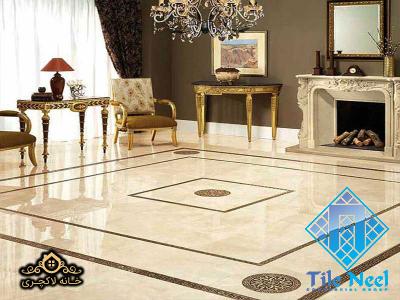

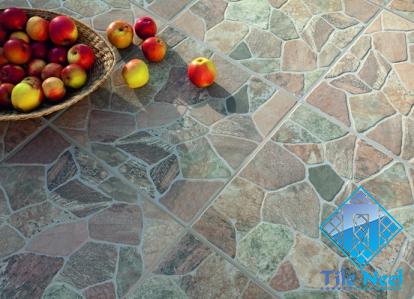
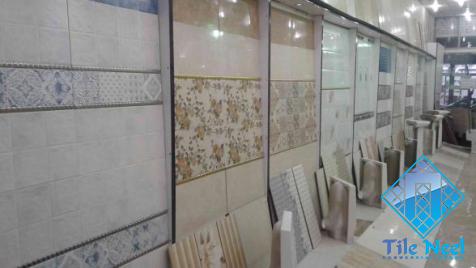
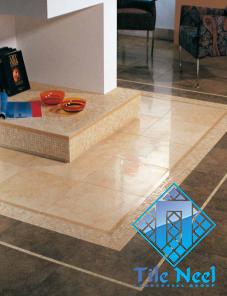

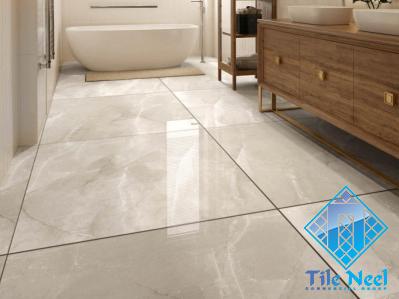

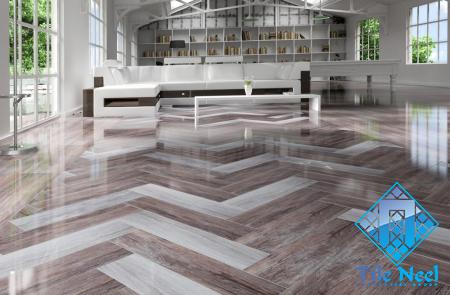
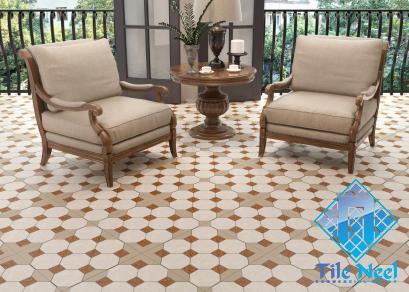
Your comment submitted.